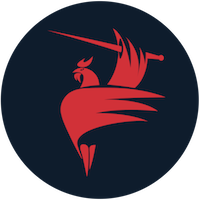In earlier times warriors were trained in the use of weapons first, and then unarmed skills followed after that. (Fighting without a weapon meant being in a very weak position. If someone found himself in that situation, he had made a big mistake.) We can call the sword the king of weapons. Not because it is the ultimate weapon in every situation, but it was an honor in every culture if the law allowed someone to wear a sword. Because of that, in many of the weaponless martial arts we can find signs of swordsmanship. We even shake hands with the right hand because of the sword…
There were many types of swords in use throughout history, and all blades have their own story and value. To see this, you have to understand the context first – there is a reason for everything. And just as the shape of swords and their use changed, the role of the sword in the culture likewise did not stay the same.
For a nobleman in Europe it was an important part of his education to master the science of swordsmanship. This was not primarily intended to transform him into a fearless warrior, but rather to understand strategic thinking. The great novel from Alexandre Dumas, The Fencing Master perfectly depicts the practice of fencing in this period.
Fencing became an increasingly organized competitive sport late in the 19th century, and for men had been part of the Olympic Games since their revival in 1896.
Jeet Kune Do is not a weapon based martial art, but Olympic fencing (mainly the épée and the foil) made an important impact on it. It is because Bruce Lee’s brother, Peter Lee, was quite a good fencer and influenced his brother.
Bruce Lee found the footwork of fencing to be very effective in empty hand combat. He also kept his stronger side (his right) as his lead side, because he could do more maneuvers with his „better” hand. We can find many other details which found their way into JKD from fencing. For example, the stance in JKD is called On-Guard – just like in fencing.
Ultimately Bruce Lee’s footwork was a mix of fencing and boxing footwork. But how fencers move, how they keep the distance, the concentration, the explosiveness, how they try to hit without getting hit – really influenced Bruce’s strategy and philosophy.

